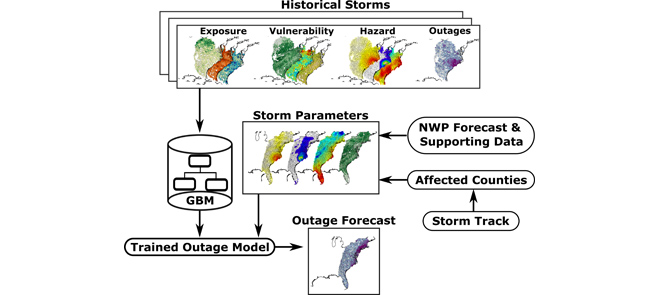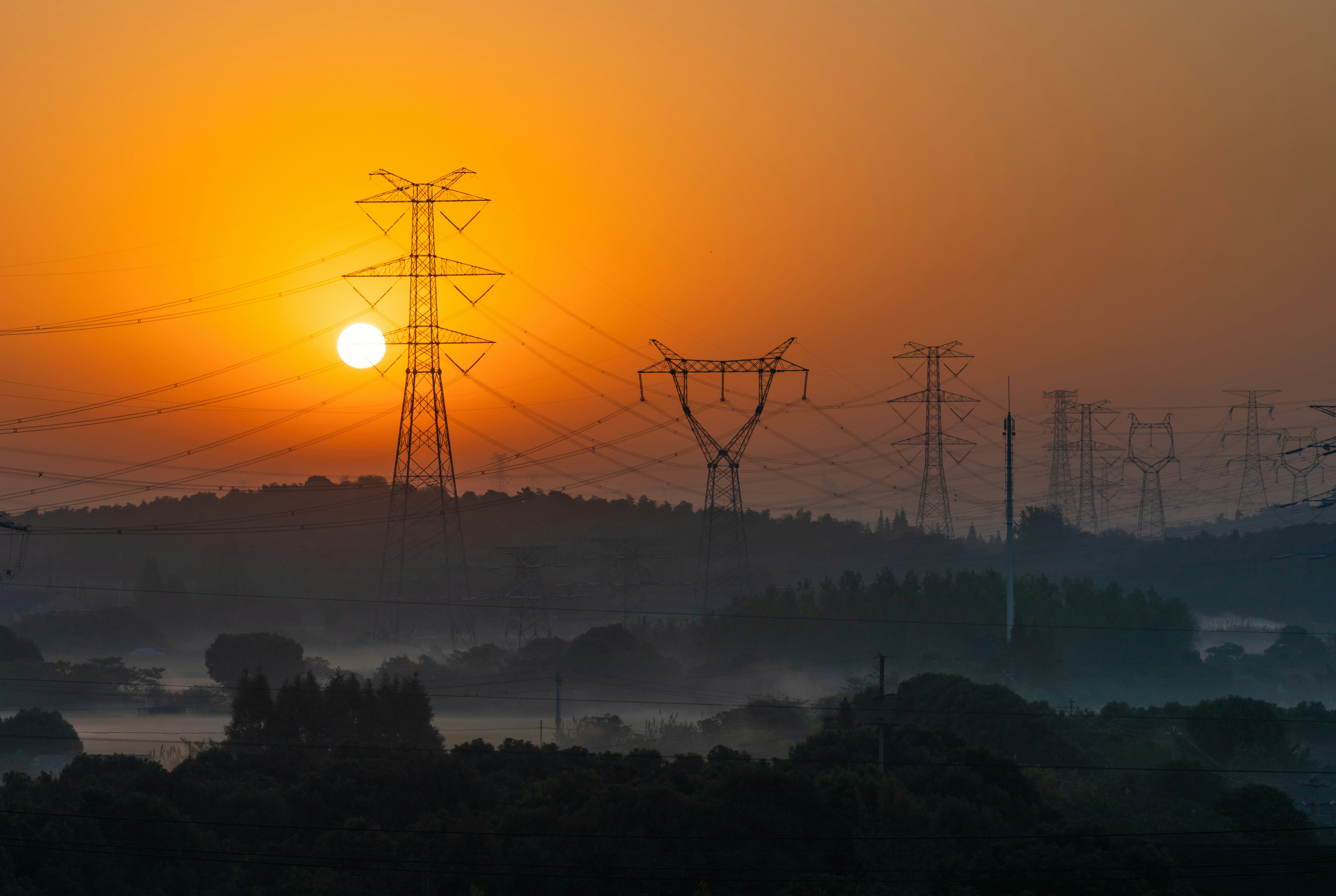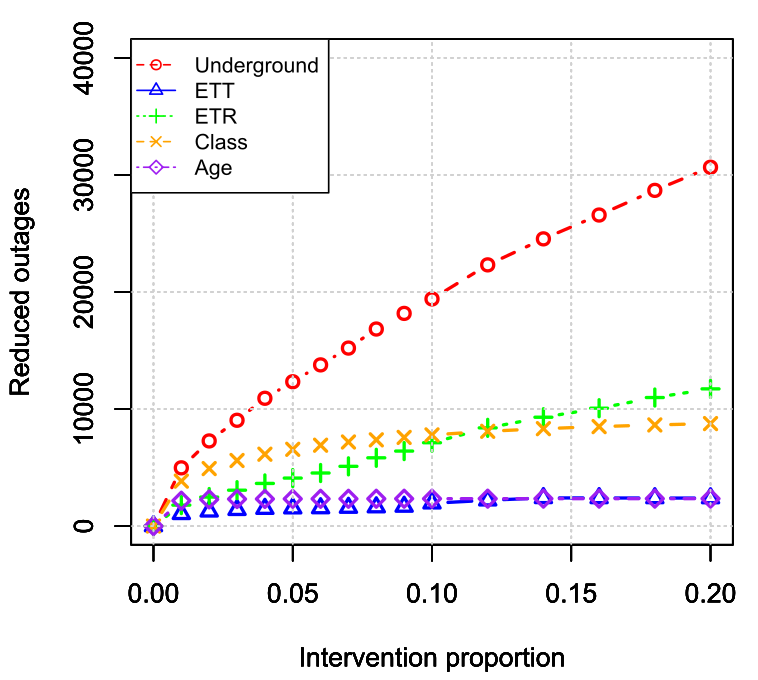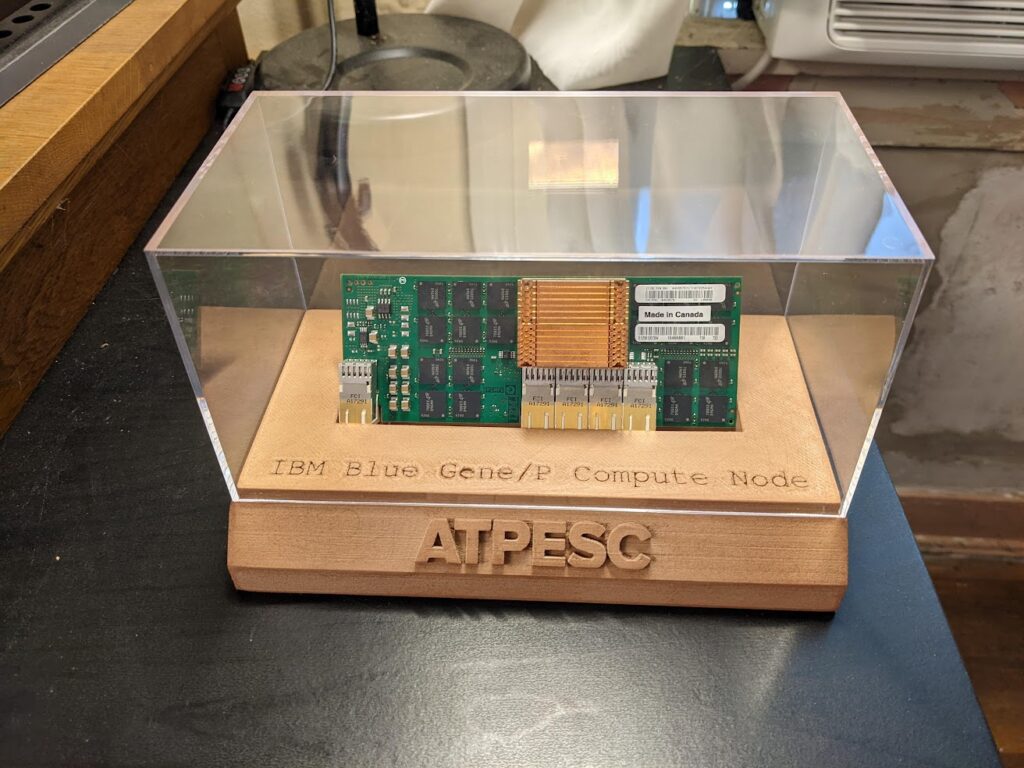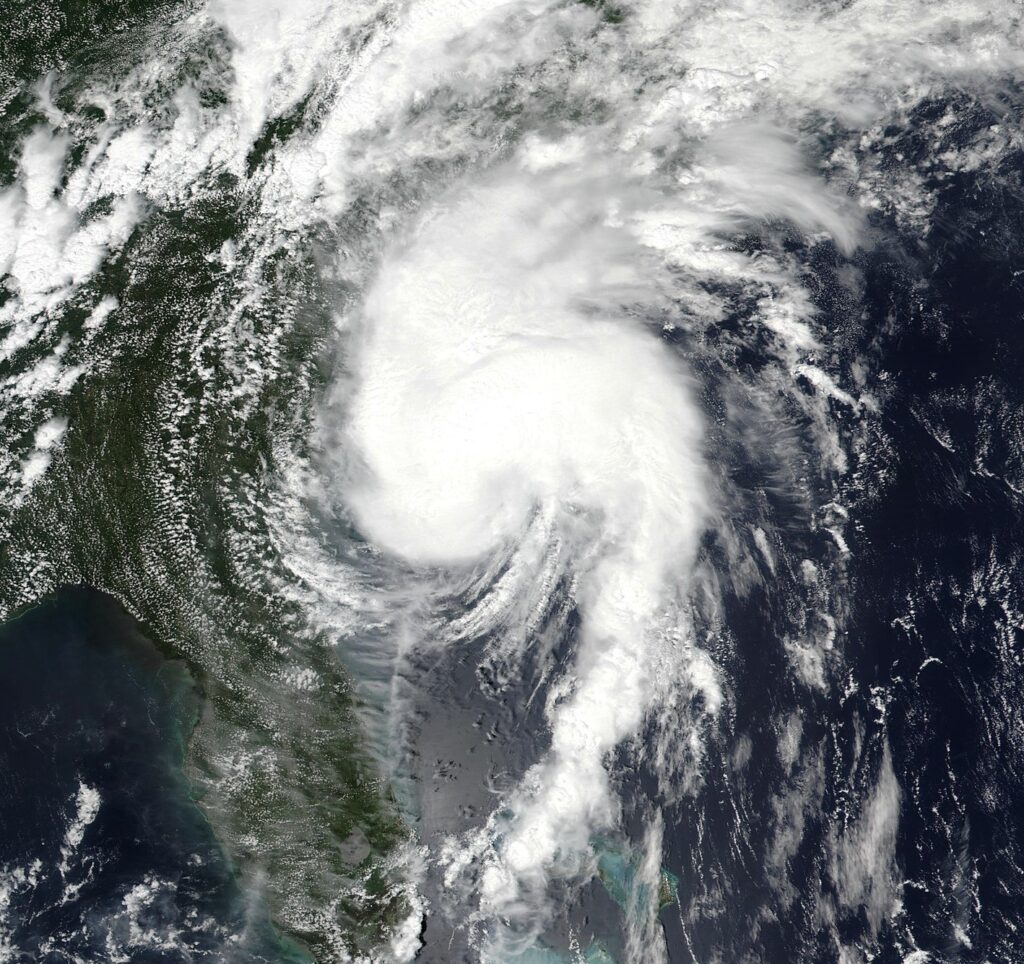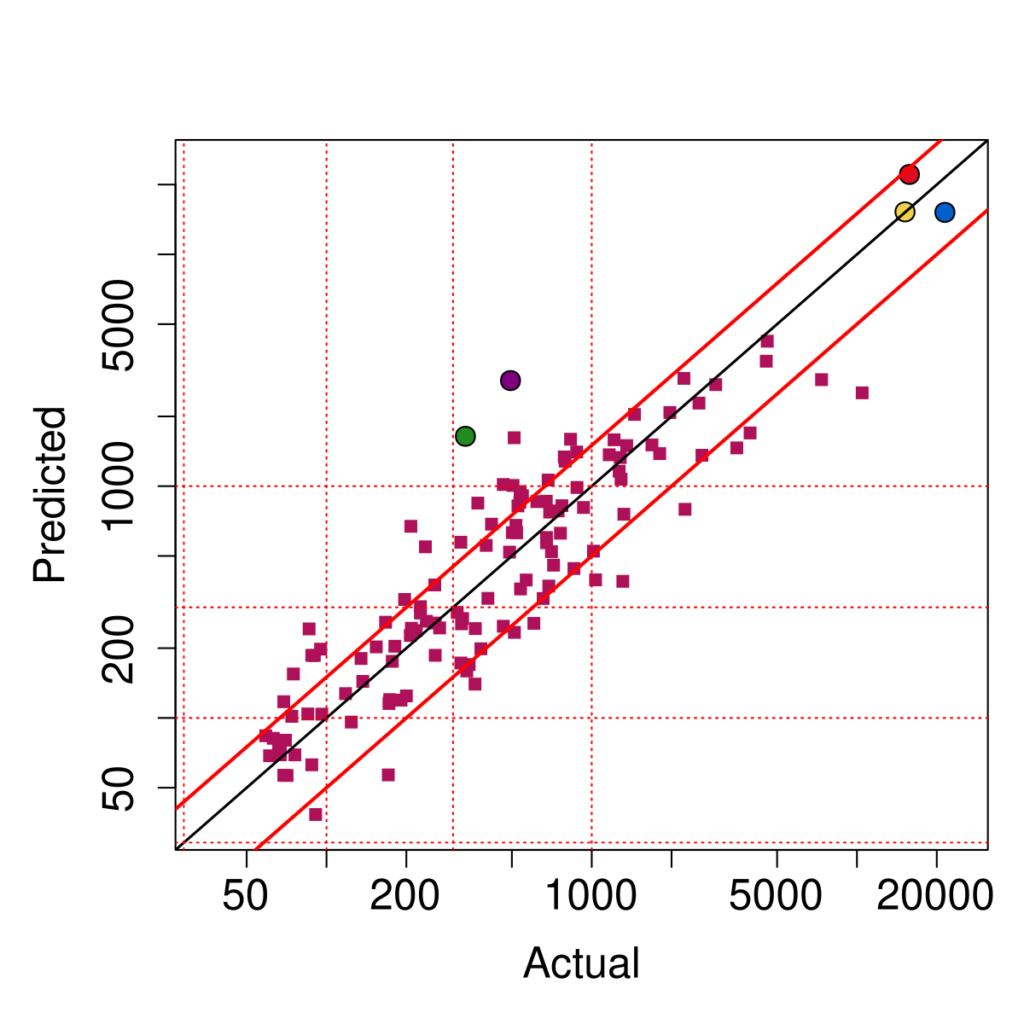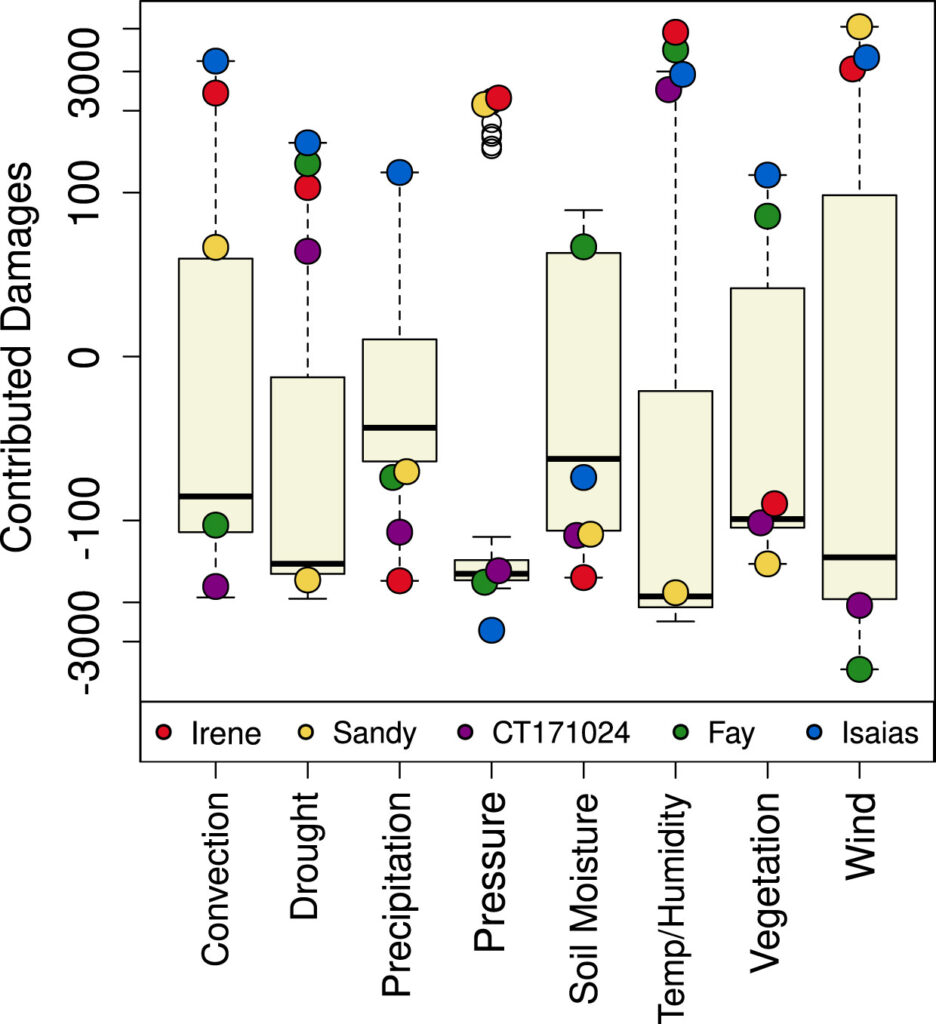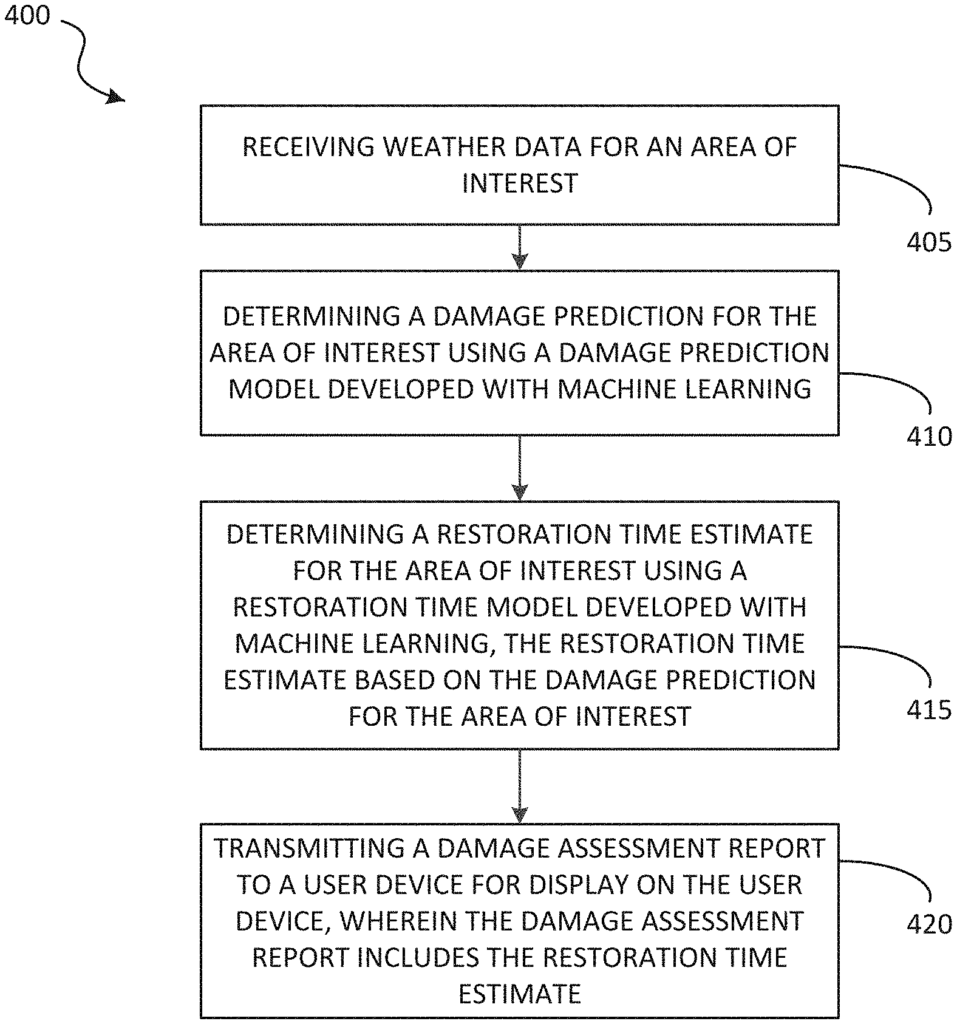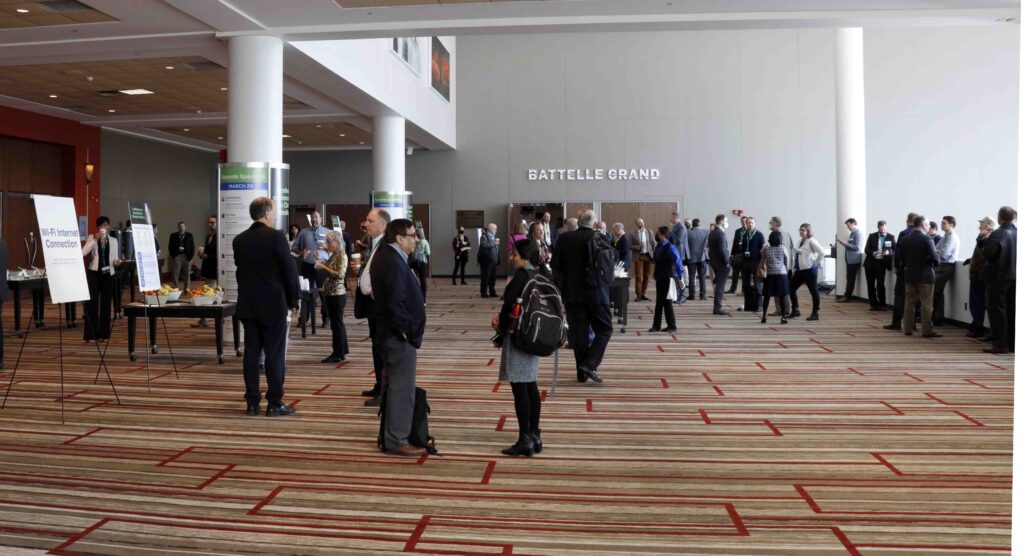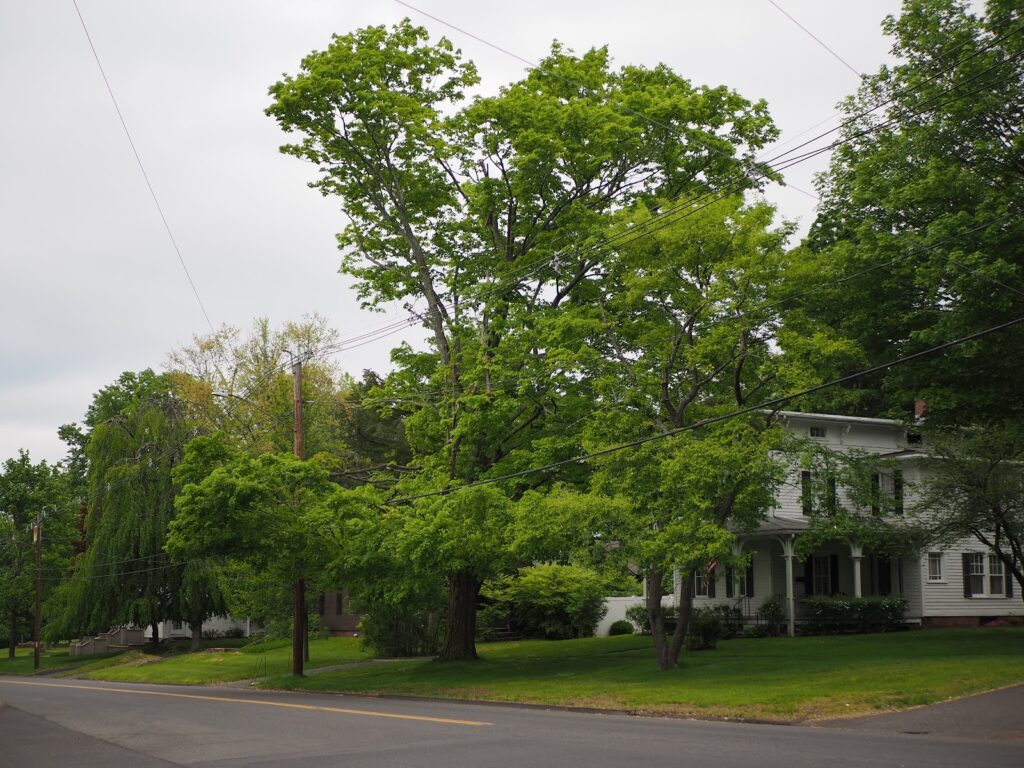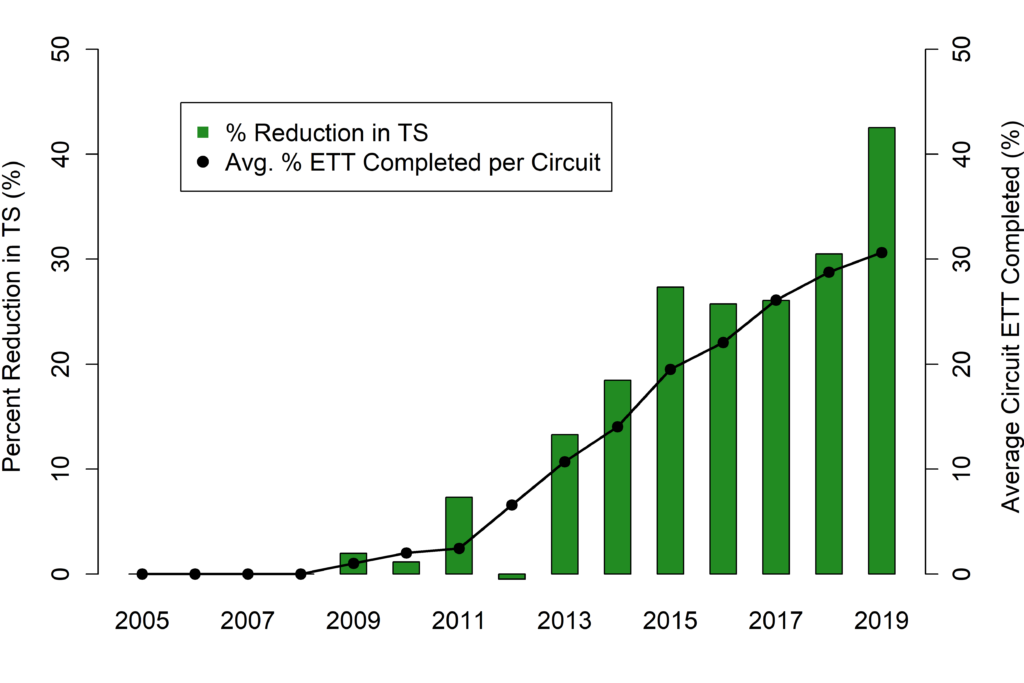
It’s with mixed feelings that I end my time at Los Alamos National Laboratory (LANL). I’m very proud to have had the opportunity to experience such a unique and historical place, and to have made whatever small contribution to the lab’s success in my relatively short time there. I grew a lot as a researcher. And I made connections that I will treasure for the rest of my career.

But like most long surviving institutions, LANL is dynamic. The research topics and capabilities of interest change over time, and while the recent changes haven’t been as dramatic as some places in the Department of Energy, the focus of the lab has seemed to narrow.
I am very happy to report that I have found a new position at AiDash, where I can satisfy my passion for researching the impact of natural hazards on critical infrastructure. I’ll have more to say about my new position soon. Until then…

~~~Goodbye New Mexico~~~

